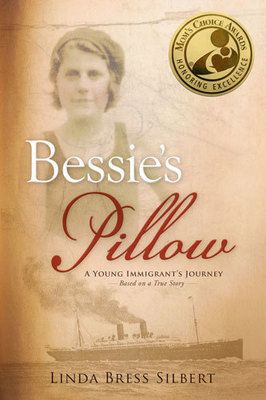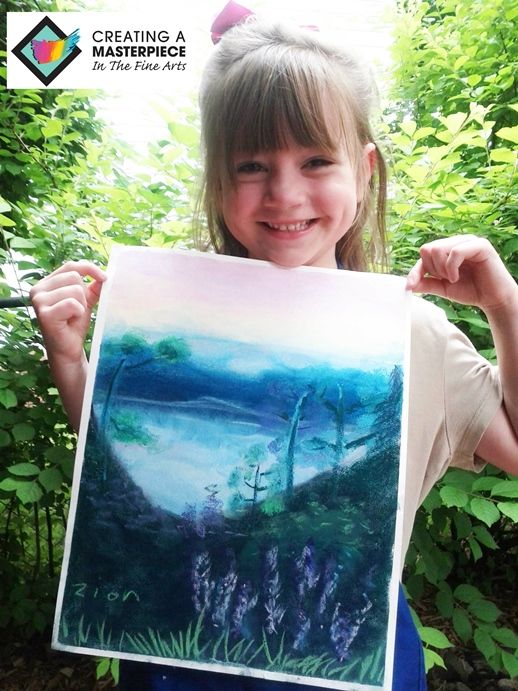Seriously, a special celebration need not take long to prepare or enjoy. In all honesty, I had this one set up in less than 10 minutes, and my children and I enjoyed it as a faith-filled pause in our day.

The Books
{Disclosure: Some links which follow are affiliate ones.}
Since I timed out celebration to coincide with our read-together time, I chose a collection of books I had on hand:
- Saints for Young People for Every Day of the Year (which is out of print, but available used and is in many libraries) is a classic that is short on illustrations, but solid on succinct text that is easy to read aloud and was the first selection I read with the children.
- Just Like Mary is a sweet illustrated book that includes he Immaculate Conception, the Annunciation, the Visitation, The Presentation, the Finding of Jesus in the Temple, the Wedding Feast at Cana, the Crucifixion, Mary a the Mother of the Church, the Hail Mary and more, teaching children about rusting God's will, saying "yes" to Hod, showing kindness to others, dealing with "fears and tear", turning to one's guardian angel, and praying to Jesus and seeing Him in the Eucharist. We've enjoyed this book for year now and, of course, revisited the Annunciation portion during our celebration. (This book currently sells used for only a quarter and is not expensive new either.)
- The Rosary: Chain of Hope is a book I've been meaning to read, which has a lovely image of the Annunciation that we used for a quick picture study along with the reproductions included in A Calendar of Saints, which we read from as well.
- The Annunciation is a little softcover gem with eye-catching watercolors and rhyming psalm-like text that we read together each year on the Annunciation. (Right now, its price has skyrocketed at Amazon, but, if you search Orthodox book publishers, you can typically find it for $8 or less.)
The Decorations
The books themselves were decorations, along with:
- a white tablecloth as our "picnic" blanket in honor of Mary's purity.
- white and blue candles, again, in honor of Mary's purity, as well as her typical color - blue.
- a Madonna rosary holder statue that graces our table (or blanket) on most Marian feast day.
- an Our Lady of the Annunciation peg doll from a Marian peg doll swap we did set with a simple angel figurine near to it so as to recall the scene of the Annunciation.
- a bowing Mary figurine that we like to put out on this feast day as her position reminds us of her humble "yes".
- an Annunciation prayer card, with the Angelus on its back.
Symbolic Foods
We set out a cross of white and blue toppings - So Delicious CocoWhip, flaked coconut, peeled and sliced Japanese pears, sliced bananas, and blueberries - along with some So Delicious chocolate "ice cream".
The colors of the toppings, of course, were to remind us of Mary, and the ice cream - in truth- was what was left in our freezer from former special days. I thought we had some "pure" vanilla evoking Mary's persona, but belatedly realized we had partial containers of only chocolate. That was okay, though, as we decided, since the chocolate is an earthy color, it reminded us of the fact that when Mary said "May it be done to me according to Your will", Jesus - as an infant in Mary's womb - came to Earth.
The children were more than happy to make their own sundaes. My youngest, in particular, couldn't wait to dig into his favorite - pure white Cocowhip. (I think the child used more of that than the earthy brown ice cream!
It was a simple, but meaningful - and yummy - celebration in honor of he Son of God becoming he Son of a Virgin as Gabriel announced he coming of grace and our Lady obediently and humbly said, "yes".
More Ideas
Tracy at A Slice of Smith Life is super at simple celebrations of the liturgical year. See how she celebrates the Annunciation with her children.
May we each say "yes" to whatever God calls us to in our lives.
















































